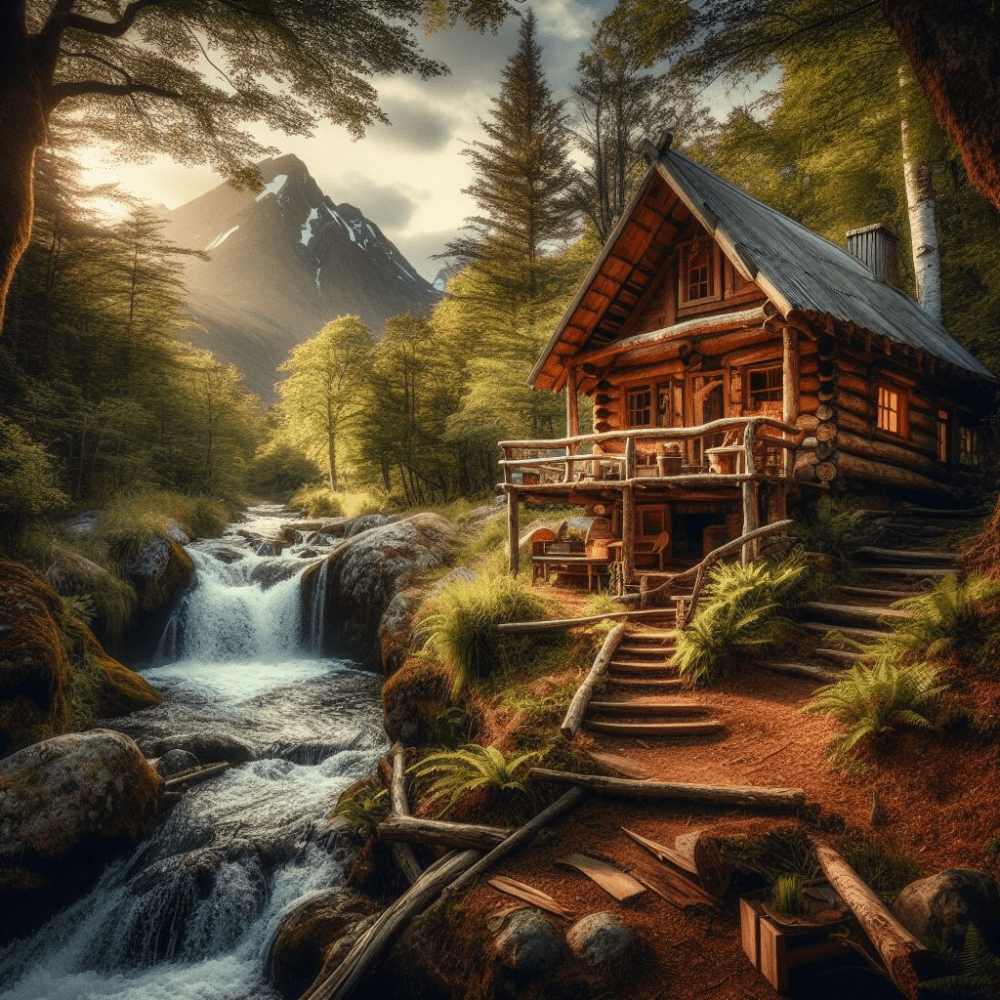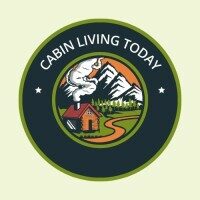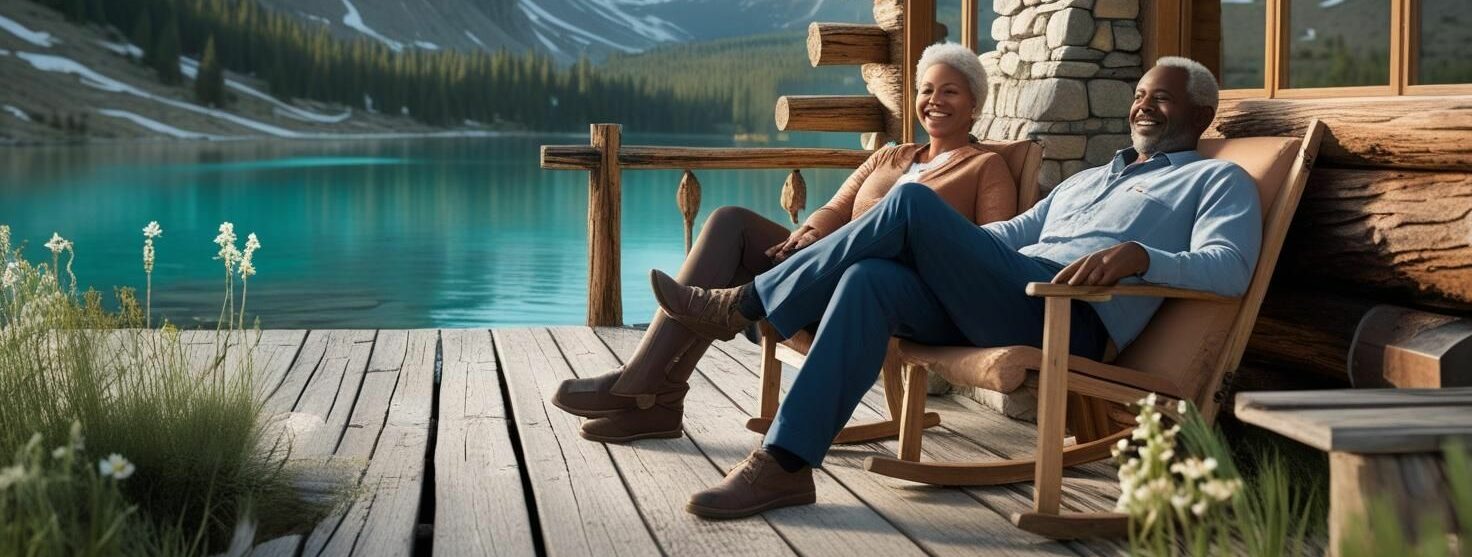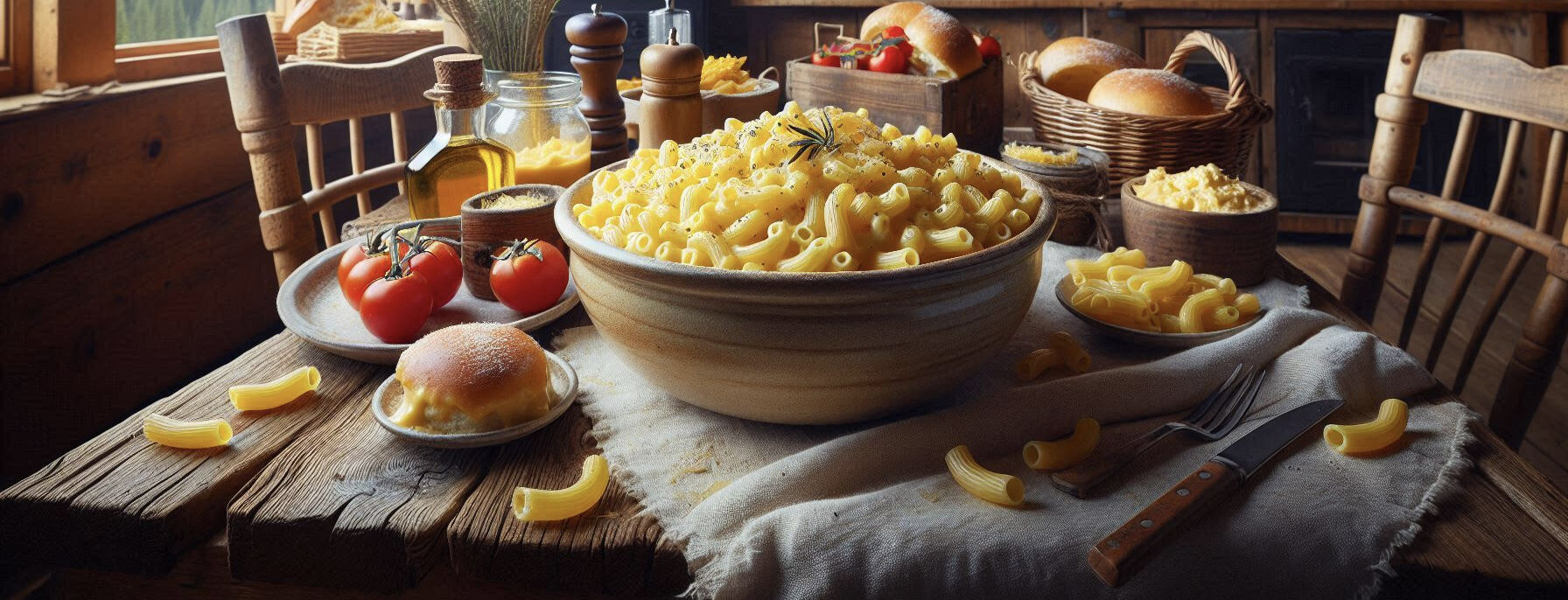Cabin life might sound like a dreamy getaway, but for many, it’s a lifestyle choice that’s gaining traction fast. People across different walks of life find themselves drawn to the simplicity and tranquility a cabin at the end of a wooded path promises. This isn’t just about escaping the daily grind but actively choosing a life more in tune with nature.
Those who find themselves packing up for cabin life often share certain traits. Many are looking to disconnect from the chaos of city living. That noise? The non-stop hustle? Gone. Instead, they opt for the sounds of rustling leaves and chirping birds. There’s this innate pull toward aligning one’s existence with the rhythm of nature. It’s like everything slows down, which brings a sense of peace that’s hard to find elsewhere.
The real magic? It’s in the stories. Real people report transformative experiences after moving into cabins. There’s this one woman I read about who’d burnt out from her high-stress job. She moved to a cabin and found it not only changed how she lived but even how she felt about the world around her. She ended up picking up painting just because, well, she finally felt like she had the time to do it. That’s a recurring theme—having time to find yourself.
For those contemplating the shift, remember, you’re not just moving. You’re choosing to reintegrate with the natural world. It’s a decision many don’t regret, and the stories of personal transformation can be incredibly inspiring. Embracing cabin life often feels like coming home, not just to a place, but to yourself.
Quietude and Clarity: Mental Health Boosts from Silence
Silence isn’t just absence of noise, it’s a way to supercharge your mental well-being. Picture yourself miles away from the urban din, engulfed in natural stillness—it’s an underrated powerhouse for mental health. Research backs this up, showing that quiet spaces can actually help reset our minds and bodies.
Slowing down in silence helps sharpen mental focus, bringing clarity that feels elusive amidst city clamor. Imagine getting off that constant mental treadmill and finding that you think clearer, like your mind’s finally had a chance to unclutter itself.
Incorporating mindfulness and meditation into this silence isn’t just recommended; it’s practically a match made in heaven. These practices thrive in such environments, transforming simple silence into a profound tool for reflection and self-growth.
What’s incredible is the tangible reduction in anxiety and depression symptoms found in people who regularly embrace quiet environments. By stepping into a space where silence reigns, you’re giving your brain a breather from the relentless barrage of stimuli, allowing it to recalibrate and heal.
Self-Sufficiency and Personal Growth in Isolation
Living remotely in a cabin doesn’t just change your environment – it can spark genuine personal growth. Isolation offers a unique opportunity for individuals to explore their capabilities in ways they might not have considered before.
One of the most empowering aspects of this lifestyle is the development of self-sufficiency. Tackling tasks like chopping wood, growing your own food, or fixing things around the house can be incredibly rewarding. These new skills not only boost your confidence but also help you appreciate the complexities of everyday life.
Moving away from the hubbub of the city can also uncover hidden talents and hobbies. Many find that with fewer distractions, they have time to dive into passions or interests that they’ve set aside. Whether it’s starting a garden, picking up an instrument, or writing, the possibilities are endless when you’re self-reliant and have the space to explore.
Experts in psychology have noted that living in isolation can lead to increased introspection and self-awareness. This isn’t just about surviving – it’s about thriving in a setting that fosters personal discovery. With less external input to sift through, your internal dialogue becomes clearer, facilitating profound personal insights and growth.
Community Connections: Social Dynamics in Remote Areas
Living remotely doesn’t mean isolation from human connection; it can offer a chance to forge stronger, more meaningful ties with others. Remote areas often foster communities where people genuinely look out for one another.
Building relationships in sparsely populated areas often means getting creative. Sharing resources, trading skills, and lending a helping hand when needed builds a unique sense of camaraderie that’s often missing in more populated locales.
Green living and sustainable practices often go hand-in-hand with remote cabin life, and there’s a vibrant exchange of tips and techniques on maximizing natural resources. These not only benefit personal lifestyles but strengthen community bonds.
While face-to-face interaction might occur less frequently, the age of the internet hasn’t left cabin dwellers behind. Online forums and social media groups provide a platform for sharing stories, tips, and even organizing local meet-ups, ensuring nobody feels truly alone.
Local stories often highlight how communities come together in unique ways to support one another. Whether it’s organizing a tool-share program, hosting community potlucks, or collaborative projects, these connections help foster a sense of belonging.
Embracing a remote life doesn’t mean giving up on human touch. On the contrary, it offers a chance to experience community in a way that’s deeply personal and incredibly rewarding.






